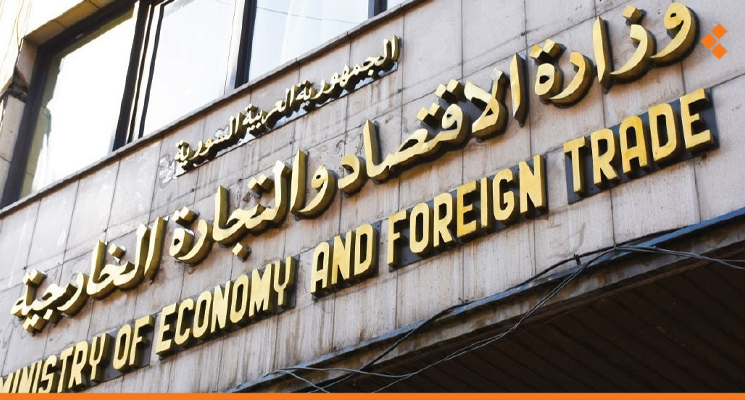Anonymous insiders within the Ministry of Economy and Foreign Trade have divulged to Athr Press during an exclusive interview that Syria’s foreign trade exhibited a notable surge in activity during the initial half of 2023 when compared to the same period in the previous year. Specifically, imports demonstrated a substantial drop of 24% in contrast to the corresponding timeframe in the prior year, representing a monetary value of approximately 1.518 billion euros.
Conversely, on the export front, these confidential sources corroborated a remarkable uptick of 44% in the first half of the current year compared to the corresponding stretch in the previous year.
Analysts attribute this surge in Syrian exports to amplified outbound shipments of natural resources by the General Organization for Geology and Mineral Resources. Additionally, the country’s export portfolio has expanded to include commodities like vegetables, fruits, and olive oil, as well as products from other burgeoning sectors, notably textiles and glass production.
No Solution Without Change: Suweida Continues Protests and Strike
However, experts caution that conducting quarter-to-quarter or midterm comparisons may not always offer an accurate representation of the foreign trade movements of economically unstable nations. Such analyses can be influenced by the timing of the production cycle as well as fluctuations in indicative import prices.
Previously, the chair of the Import and Export Committee at the Federation of Syrian Chambers of Commerce affirmed the international acclaim for the quality and diversity of food products, encompassing a range from cheeses, dairy, and conservatory items to various spices like coriander, anise, and cumin.
In discussions with Athr Press, economic experts attribute the downturn in imports from 2019 to the conclusion of 2022 to two principal factors. Firstly, an external constraint beyond the control of the Syrian government resulted from Western economic sanctions, most notably the U.S.-imposed Caesar Act. The second factor was an internally driven response to the challenges faced by the country during those years. The government resorted to a strategy of “import rationalization” aimed at curbing foreign exchange depletion, directing funding primarily towards crucial resources like wheat and oil to secure essential food supplies.
On the export front, a gradual decline had persisted since the outbreak of the war, reaching its nadir in 2018 at approximately $325 million. However, this trend reversed, culminating in a figure of around $696 million by the close of 2022. Regarding shifts in the export landscape, experts contend that the most significant disruption occurred in early 2013 when export values plummeted precipitously by 82%, attributable to diminished production across diverse economic sectors.
This article was translated and edited by The Syrian Observer. The Syrian Observer has not verified the content of this story. Responsibility for the information and views set out in this article lies entirely with the author.


